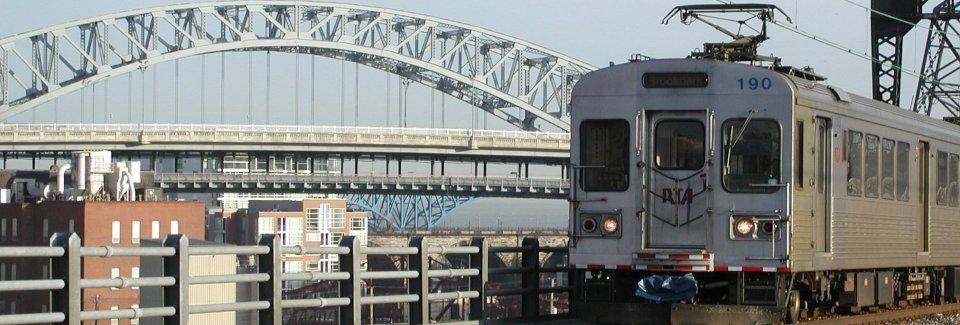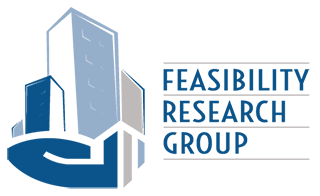Greater Cleveland RTA: Saving Time and Money
It’s a horrible feeling to think you are going to miss the last direct flight home. This was me, a Sunday evening last month, as I sat in traffic in Atlanta on I-85 attempting to travel 30 miles to Hartsfield-Jackson International Airport. Google Maps informed me that due to an accident, my originally scheduled 45-minute drive would now take 2 hours and 15 minutes. That extra hour and half added to my commute was the time allocated to return a rental car, get through security and tram it to my gate. As I crept along, all I could think about was how much I wished I’d taken the MARTA (Metropolitan Atlanta Rapid Transit Authority).
Usually when I travel to the greater Atlanta area, my transportation preference is the MARTA. During the week, MARTA trains leave a station every 10 minutes and on the weekend every 20 minutes. On top of that, my ride from the last stop on the red line to the airport takes about 45 minutes and costs me $2.50. Quite a savings in time and money.
 According the U.S. Department of Transportation, in 2013, public transportation moved 10.5 billion passengers throughout the U.S. I am quite a fan of transportation alternatives. And I think Cleveland has a very good regional transit system. Cleveland’s transit system started in the early 1900s when the city of Shaker Heights was connected to downtown Cleveland’s Terminal Tower via light rail. And in 1968, Cleveland became the first city in the Western Hemisphere to offer direct transit to a major airport. Today the Greater Cleveland Regional Transit Authority’s (RTA) annual system wide ridership is 49+ million. And unlike Atlanta and similar sized cities to Cleveland, the Greater Cleveland RTA ridership for the fourth consecutive year has increased.
According the U.S. Department of Transportation, in 2013, public transportation moved 10.5 billion passengers throughout the U.S. I am quite a fan of transportation alternatives. And I think Cleveland has a very good regional transit system. Cleveland’s transit system started in the early 1900s when the city of Shaker Heights was connected to downtown Cleveland’s Terminal Tower via light rail. And in 1968, Cleveland became the first city in the Western Hemisphere to offer direct transit to a major airport. Today the Greater Cleveland Regional Transit Authority’s (RTA) annual system wide ridership is 49+ million. And unlike Atlanta and similar sized cities to Cleveland, the Greater Cleveland RTA ridership for the fourth consecutive year has increased.
For decades RTA has made structural and general improvements system-wide to do everything from extend their reach to reducing environmental impact by adding compressed natural gas buses and partnering with NASA to introduce a zero emissions hydrogen fuel cell bus. And since 2010, there has been $225+ million invested in capital improvements to the RTA system.
These investments not only increase ridership and improve the ridership experience, but also stimulate the local economy. For example, the $15+ million investment in a new Little Italy-University Circle rapid station, not only created jobs, but can also entice people to move to the mixed use neighborhood. The station puts riders within walking distance to world class educational and healthcare institutions, housing, office space and cultural entertainment. And those who choose to live in University Circle can forego the expense of ownership and maintenance of a car which increases their disposable income and thus spurs spending in the local community.
And let’s not forget that a University Circle resident using the RTA can make it to the airport, even in a snow storm, in less than 45 minutes. Which is less time than it took me to get to the Atlanta airport. They cleared the accident, and I made my flight. And next time, I will be on the MARTA.
